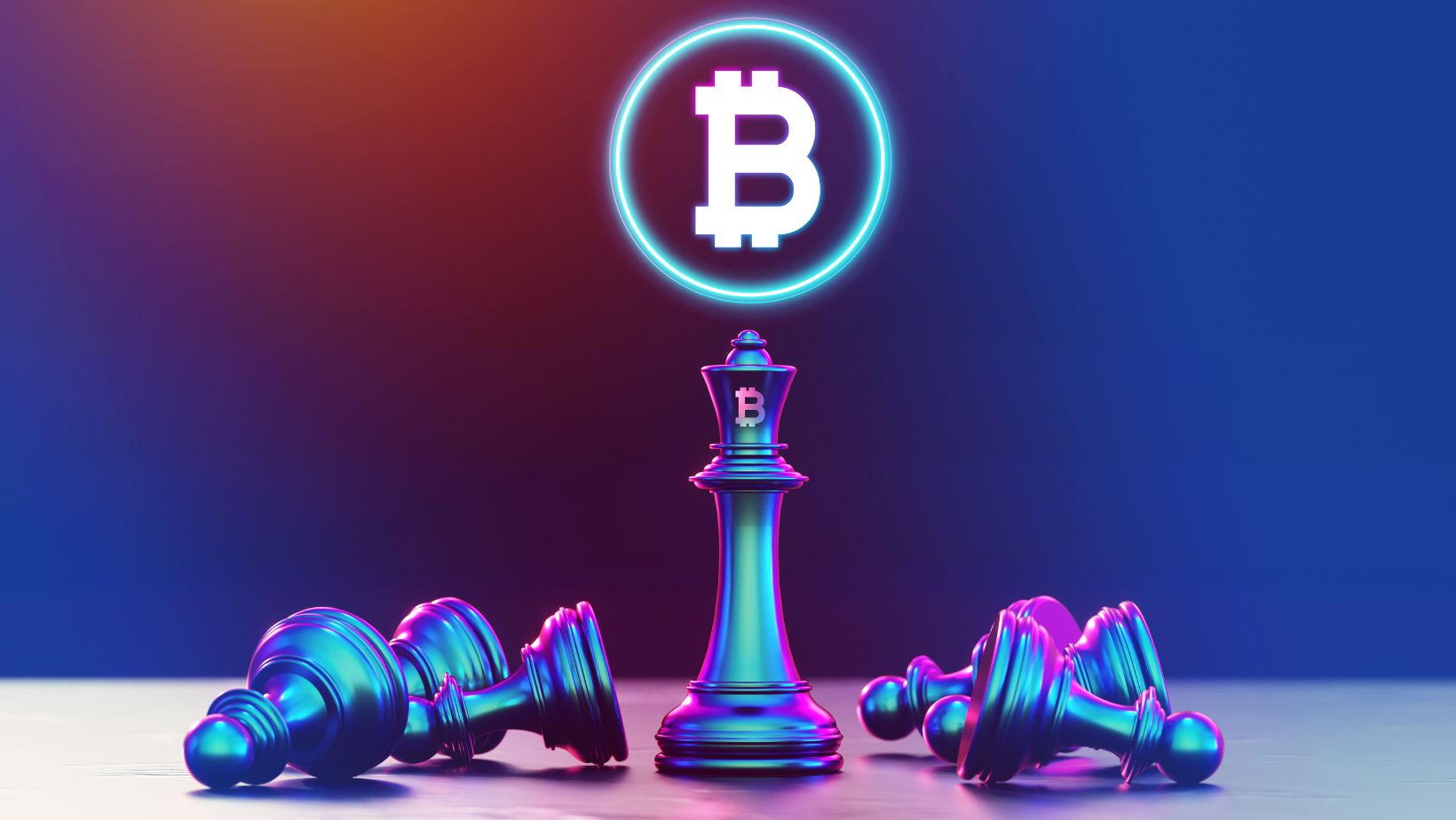IoT and blockchain are two of the hottest topics in the tech world right now. And for good reason – they have the potential to change the way we live and work. But what if we could combine the two technologies to create even more powerful solutions? That’s what we’re exploring in this blog post.
1.What is IOT?
The Internet of Things, or IoT, refers to the billions of physical devices around the world that are connected to the internet, collecting and sharing data. IoT devices include everything from smartphones and smart TVs to wearable fitness trackers and home security systems.

IoT devices are constantly generating data that can be used to improve our lives in a variety of ways. For example,data from IoT-connected traffic lights can be used to reduce traffic congestion, while data from weather monitoring devices can be used to provide more accurate weather forecasts.
2.What is Blockchain?
At its simplest, blockchain is a data structure that allows for secure, decentralized storage of information. When combined with other technologies like the internet of things (IoT), it has the potential to revolutionize the way we interact with the world around us.
Blockchain is a distributed database that anyone can add to or read from. This means that there is no central point of control or ownership, and no single point of failure. The data stored on a blockchain is also immutable, meaning it cannot be tampered with or deleted.
This makes blockchain an ideal platform for storing sensitive data such as financial transactions or personal information. It also has applications in other areas such as Supply Chain Management and provenance tracking.
The most well-known example of a blockchain is Bitcoin, which uses the technology to create a decentralized currency system. However, there are many other potential uses for blockchain beyond cryptocurrency.
3.The Relationship between IOT and Blockchain
The internet of things, often called IoT, is a system of interconnected devices and sensors that can collect and share data. Blockchain is a distributed database that offers secure, transparent and tamper-proof record-keeping.
IoT devices can generate a large amount of data that needs to be collected, stored and analyzed. Blockchain can provide a secure and decentralized way to do this. By combining IoT and blockchain, we can create a system that is secure, efficient and scalable.
There are many potential applications for this technology, including supply chain management, smart contracts, energy management and much more.
4.How can IOT and Blockchain be Combined?
The two technologies can be combined in a number of ways, but the most common is to use blockchain to secure IOT data. By storing data on a decentralized, tamper-proof network, it becomes far more difficult for hackers to alter or delete information. This makes it an ideal solution for storing sensitive IOT data, such as medical records or financial transactions.
Another way to combine the two technologies is to use blockchain to power IOT devices. This would involve using blockchain to track the data generated by IOT devices and then using that data to trigger smart contracts. For example, a sensor in a car could detect that the vehicle has been in an accident and then automatically generate a claim with the insurance company.
IOT and blockchain are both still emerging technologies, so there is plenty of room for experimentation and innovation. We are only just beginning to scratch the surface of what is possible when these two technologies are combined.
5.The Benefits of Combining IOT and Blockchain
The benefits of combining IOT and blockchain are numerous and far-reaching. When these two cutting-edge technologies are used together, they have the potential to revolutionize the way we live, work, and play. Here are just a few of the ways that IOT and blockchain can work together to create a better world:
1. Increased security: One of the main benefits of combining IOT and blockchain is that it increases security. By nature, blockchain is a very secure platform, and when combined with IOT devices, it can create a virtually unhackable system. This is extremely important in today’s world where data breaches are becoming more and more common.
2. Tamper-proof data: Another benefit of using IOT and blockchain together is that it creates tamper-proof data. This is because each transaction that is recorded on the blockchain is immutable, meaning it cannot be changed or deleted. This is vital for businesses who need to ensure that their data is accurate and reliable.
3. Faster transactions: One of the issues with traditional transaction systems is that they can be slow and cumbersome. However, by using IOT and blockchain together, transactions can be completed much faster. This is because there is no need for third-party approval or verification, which can often slow down the process.
4. Reduced costs: Another benefit of using IOT and blockchain technology together is that it can help to reduce costs. This is because there are no middlemen involved in the process, which means that there are no fees associated with each transaction. This can save businesses a significant amount of money over time.
5. Greater transparency: A final benefit of combining IOT and blockchain is that it creates greater transparency. By having all transactions recorded on the blockchain, businesses will be able to track where their products or services have come from, making it easier to ensure that they are ethically sourced.
6.How to Implement IOT and Blockchain
Despite all of these potential benefits, IoT and blockchain projects can be difficult to implement. One of the main issues is that these technologies are still relatively new, so there aren’t a lot of tried-and-true best practices out there yet.

In order to successfully implement an IoT and blockchain project, businesses need to take a number of factors into consideration, including:
1. The type of data that will be collected by IoT devices
2. How that data will be stored on the blockchain
3. Who will have access to the data stored on the blockchain
4. What kind of security measures need to be in place to protect the data
Another challenge with implementing IoT and blockchain is that they both require a high degree of collaboration between different parties. For example, in order for an IoT device to interact with a blockchain, it needs to be equipped with special software that allows it to do so. This software needs to be developed by someone with blockchain expertise, which can be difficult to find.
Finally, businesses need to consider the cost of implementing an IoT and blockchain project. These technologies can be expensive, and they may not always offer a good return on investment. Before embarking on an IoT and blockchain project, businesses should carefully consider whether or not the benefits are worth the cost.
7.The Future of IOT and Blockchain
The future of IOT and blockchain is immensely bright and the two technologies are already beginning to converge. IOT devices are being used to collect data which is then securely stored on a blockchain. This allows for improved data security and tamper-resistance. In the future, we can expect to see even more innovative applications of these two technologies.
8.Conclusion
It’s still early days for IoT and blockchain so there are many unknowns and a lot of hype. But the potential benefits of combining these two technologies are significant. By enabling a new level of trust, transparency and security, IoT and blockchain could transform the way we manage data and transactions. They could also help to create new business models and open up new opportunities for innovation.


